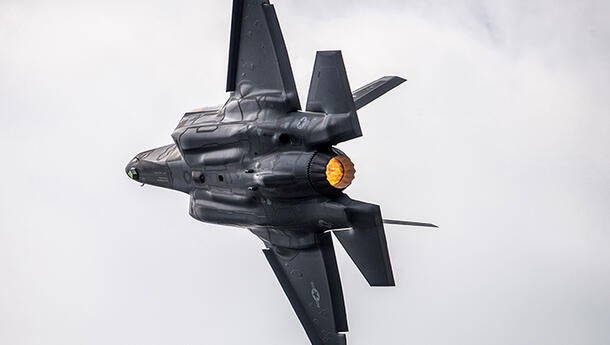The Emerging Threat: Hypersonic Missiles
As global threats increase, so have our adversaries’ missile capabilities. A new generation of missiles has taken center stage: hypersonic glide vehicles. These weapons are not only faster and more maneuverable than traditional ballistic missiles, but they're also incredibly difficult to track. Because of the faint heat signature and unpredictable flight trajectory of hypersonic missiles, the only way to identify and track them is with advanced satellite technology.
To stay ahead of this emerging threat, the U.S. military is building a robust constellation of missile warning and defense satellites across the following orbits: geosynchronous orbit (GEO), highly elliptical orbit (HEO), medium-Earth orbit (MEO) and low-Earth orbit (LEO). This multilayer architecture is designed to quickly detect, accurately track and precisely target threats — most notably hypersonic vehicles that elude traditional defense architectures.
We're leveraging our extensive 60-year history designing, building and testing mission-critical infrared instruments in both GEO and LEO to add vital capabilities to the U.S. military’s multilayered approach to missile warning and defense. These contributions will help keep our nation ahead of advanced, rapidly evolving threats like hypersonic missiles.









